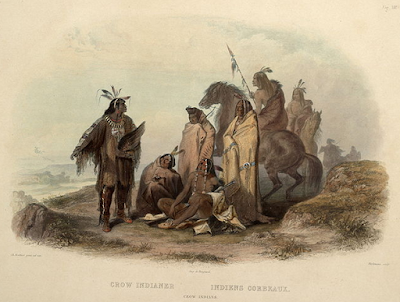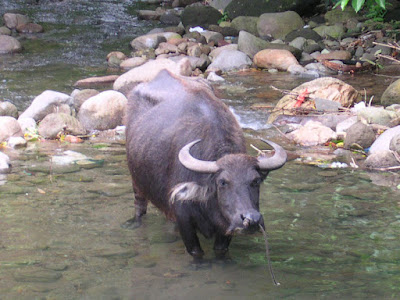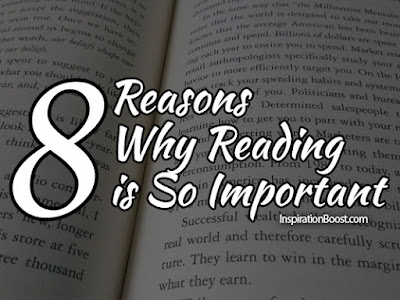Reading Notes: Native American Hero Tales, Reading B
There are several stories in the Native American hero tales series, but the story of red woman and the twins was by far the most gruesome and intriguing. I was literally stunned like a rock when I read this beginning line of the story:
"A certain wicked woman named Red-Woman came to the tipi and killed his wife and cut her open and found boy twins. She threw one behind the tipi curtain, and the other she threw into a spring. She then put a stick inside the woman and stuck one end in the ground to give her the appearance of a live person and burned her upper lip, giving her the appearance as though laughing."
Honestly... This is crazy. I mean beyond crazy. I've read about many, many bad and evil characters across world epics, but this one (red woman) beats out all of them by margin. It was so graphic and horrible that I had difficult time reading and imagining the crime scene in my head.
I felt bad and sad when I read that the boy knew his name as "Thrown-behind-the-Curtain." I thought that's not a good name for a boy and it further proved how evil Red Woman was. I liked the vivid fighting scene between the brothers and the ending of the fight: "Thrown-in-Spring was dragged to a high hill where the water could not reach him, and there they burned incense under his nose, and he became human."
I like how the mother, who was cruelly murdered by Red Woman, rose up from the grave. She could clearly heard the voices of her boys and responded to the stimuli. I was happy to see them rejoined.
The story of old woman and the boiling pot was interesting as well. The old woman was eventually fooled by her pot and boiled to death like she had done to numerous other people.
I thought this was ironic and pathetic that the serpent couldn't plan before it died: "'You do make plans, do you?' and he cut the heart off and it died."
I thought it was fascinating to read about the boys' curiosity. They had been told by their father not to do certain things, but they had kept trying them nonetheless out of sheer curiosity. Their reckless spirit of risk taking was fascinating to me, and they somehow made themselves out to be alive even after the life-threatening crises.
The Crow interpretation of snake's flat head sounded interesting to me: "they took that one and rubbed its head against the side of a cliff, and that is the reason why snakes have flattened heads."
Other Crow stories were interesting to read as well, but I thought this story of the fearless boys was really significant because I thought Crow people wanted to show and tell their daring spirit through folk tales like this story of Thrown-behind-the-Curtain and Thrown-in-Spring.
The fearless and daring risk-taking spirit of the boys was truly fascinating to read about. All the risky adventures that recklessly took could have easily kill them, yet they had kept trying and doing things that their father gravely warned about. I thought the fearless and daring spirit of the boys really showed and demonstrated the spirit of the Crow people.
Bibliography:
Tales of the North American Indians by Stith Thompson (1929).
"A certain wicked woman named Red-Woman came to the tipi and killed his wife and cut her open and found boy twins. She threw one behind the tipi curtain, and the other she threw into a spring. She then put a stick inside the woman and stuck one end in the ground to give her the appearance of a live person and burned her upper lip, giving her the appearance as though laughing."
Honestly... This is crazy. I mean beyond crazy. I've read about many, many bad and evil characters across world epics, but this one (red woman) beats out all of them by margin. It was so graphic and horrible that I had difficult time reading and imagining the crime scene in my head.
I felt bad and sad when I read that the boy knew his name as "Thrown-behind-the-Curtain." I thought that's not a good name for a boy and it further proved how evil Red Woman was. I liked the vivid fighting scene between the brothers and the ending of the fight: "Thrown-in-Spring was dragged to a high hill where the water could not reach him, and there they burned incense under his nose, and he became human."
I like how the mother, who was cruelly murdered by Red Woman, rose up from the grave. She could clearly heard the voices of her boys and responded to the stimuli. I was happy to see them rejoined.
The story of old woman and the boiling pot was interesting as well. The old woman was eventually fooled by her pot and boiled to death like she had done to numerous other people.
I thought this was ironic and pathetic that the serpent couldn't plan before it died: "'You do make plans, do you?' and he cut the heart off and it died."
I thought it was fascinating to read about the boys' curiosity. They had been told by their father not to do certain things, but they had kept trying them nonetheless out of sheer curiosity. Their reckless spirit of risk taking was fascinating to me, and they somehow made themselves out to be alive even after the life-threatening crises.
The Crow interpretation of snake's flat head sounded interesting to me: "they took that one and rubbed its head against the side of a cliff, and that is the reason why snakes have flattened heads."
Other Crow stories were interesting to read as well, but I thought this story of the fearless boys was really significant because I thought Crow people wanted to show and tell their daring spirit through folk tales like this story of Thrown-behind-the-Curtain and Thrown-in-Spring.
The fearless and daring risk-taking spirit of the boys was truly fascinating to read about. All the risky adventures that recklessly took could have easily kill them, yet they had kept trying and doing things that their father gravely warned about. I thought the fearless and daring spirit of the boys really showed and demonstrated the spirit of the Crow people.
Crow people. Source: Crow people, circa 1840
Bibliography:
Tales of the North American Indians by Stith Thompson (1929).




Comments
Post a Comment